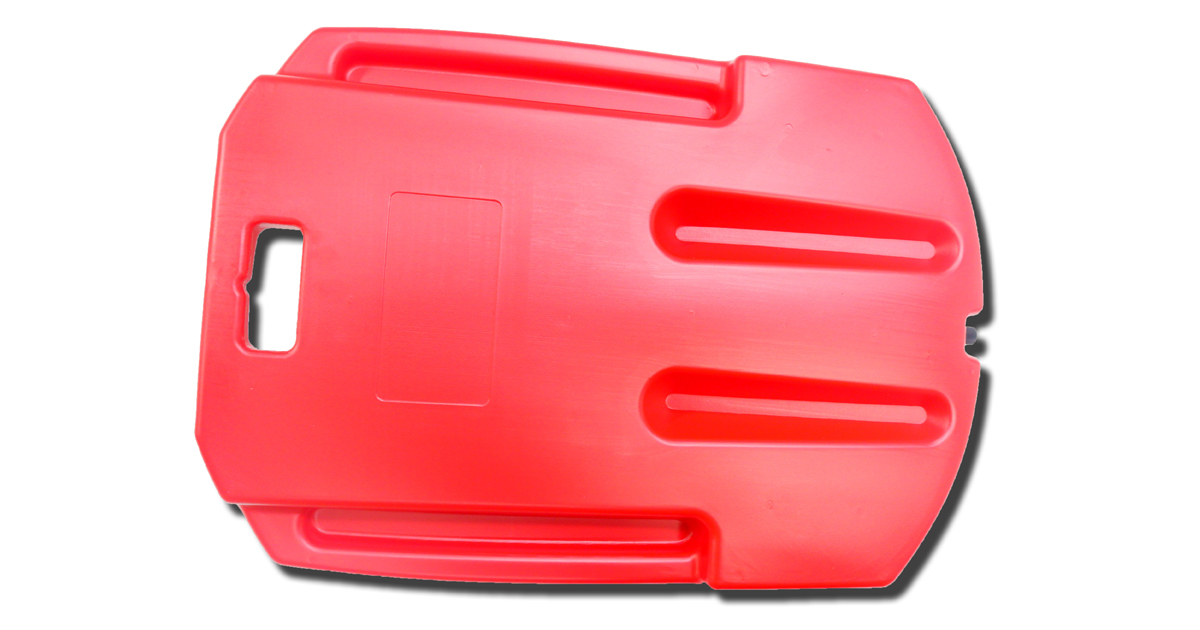

When it comes to performing CPR, the environment can sometimes make it difficult to provide effective help. Whether it’s on a soft bed or an uneven roadside, the surface under a patient can impact how well chest compressions work. That’s where resuscitation boards come in. At Rapid CPR Dallas, we emphasize the importance of these tools in our training because they ensure that anyone, anywhere can perform CPR with maximum efficiency.
Resuscitation boards are designed to provide a hard, flat surface beneath a person’s torso during CPR. This helps us to deliver chest compressions that are strong and consistent, crucial for maintaining blood flow to vital organs until professional medical help arrives. Understanding how these boards work and why they are so important could be the difference between life and death in an emergency situation.
In this article, we will explore the essential role that CPR resuscitation boards play during emergency situations, the different types available, and practical tips for using them effectively. Our aim is to equip you with knowledge that could one day save a life, reinforcing our commitment to accessible and comprehensive CPR training.
Resuscitation boards or CPR Boards are specialized medical devices designed to support lifesaving chest compressions during cardiopulmonary resuscitation. Their main feature is a firm, flat surface that provides the necessary support under the patient’s torso, which is crucial for effective CPR. These boards are typically made from durable, lightweight materials, allowing them to be easily transported and used in a variety of emergency situations.
When we use these resuscitation boards in our training at Rapid CPR Dallas, we emphasize how their rigidity helps maintain the correct compression depth and frequency recommended by health professionals. This ensures that the heart can continue to pump blood effectively, which is particularly important when the natural heartbeat is not strong enough to circulate blood on its own. By using a CPR board, we increase the efficacy of rescues performed in non-ideal conditions, such as on a soft mattress or on uneven ground.
In emergency situations, the ability to perform effective CPR can mean the difference between life and death. CPR resuscitation boards become essential in these moments because they help stabilize the patient and ensure that each compression is as effective as possible. In environments where the ground or surface is soft or uneven, without a CPR board, chest compressions might not achieve the necessary depth, reducing their effectiveness and the overall chances of survival.
We teach that using a CPR board also helps reduce rescuer fatigue—a critical factor in emergency scenarios where sustained efforts are necessary. The board’s firm surface allows rescuers to apply each compression with consistent force and proper technique, reducing the physical strain and increasing the efficiency of the process. Furthermore, the use of a CPR board minimizes the risk of injury to the patient during CPR, providing a safe, controlled area that protects the integrity of their body while potentially lifesaving actions are performed.
Incorporating a CPR board not only maximizes the impact of each compression but also aligns with the standard practices for professional emergency responders, ensuring that both bystanders and professionals can provide the highest level of care during critical moments.
CPR boards come in various types, each designed with specific features to address different rescue scenarios. The most common types of CPR boards are the basic flat board and the pediatric board. The basic flat board is what we often use in adult CPR training. It is typically made from durable plastics or composites and is wide enough to support most adults comfortably.
Pediatric resuscitation boards are smaller and designed specifically for use on children to ensure that the child’s smaller body is properly supported during chest compressions. These boards are crucial in preventing injury while ensuring that compressions are effective in circulating blood. Some advanced models of CPR boards also include features such as built-in scales for measuring the depth of compressions, or handles for easier maneuverability and transport, enhancing their functionality during emergency situations.
Additionally, for professional medical teams, there are CPR resuscitation boards that integrate with stretchers or ambulance beds, ensuring that paramedics can start resuscitative efforts immediately upon arrival and maintain them during transport to the hospital. These integrated boards often feature adjustable settings to accommodate different body sizes and ergonomic designs that help reduce fatigue during prolonged CPR efforts.
To use CPR boards effectively in rescue situations, it is crucial to practice setting up and deploying the board under different scenarios. Here are some tips to ensure effective use of CPR boards:
Effective training and familiarity with the CPR board are essential. We recommend regular practice sessions as part of our CPR training courses, ensuring that each participant feels confident using these boards during actual rescue operations.
At Rapid CPR Dallas, we understand the critical role that equipment like CPR resuscitation boards plays in life-saving measures. Through our comprehensive training programs, we strive to equip our community with not just theoretical knowledge but also practical skills in using advanced tools effectively, ensuring that everyone can respond competently during emergencies. Training with CPR boards is a fundamental aspect of our courses, emphasizing the importance of preparation and the proper use of tools in increasing survival rates during cardiac emergencies.
Join us to develop your skills and become a proficient lifesaver. Enroll in our next CPR training session and gain the confidence to use CPR boards and other vital resuscitation tools effectively.

